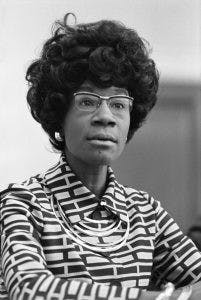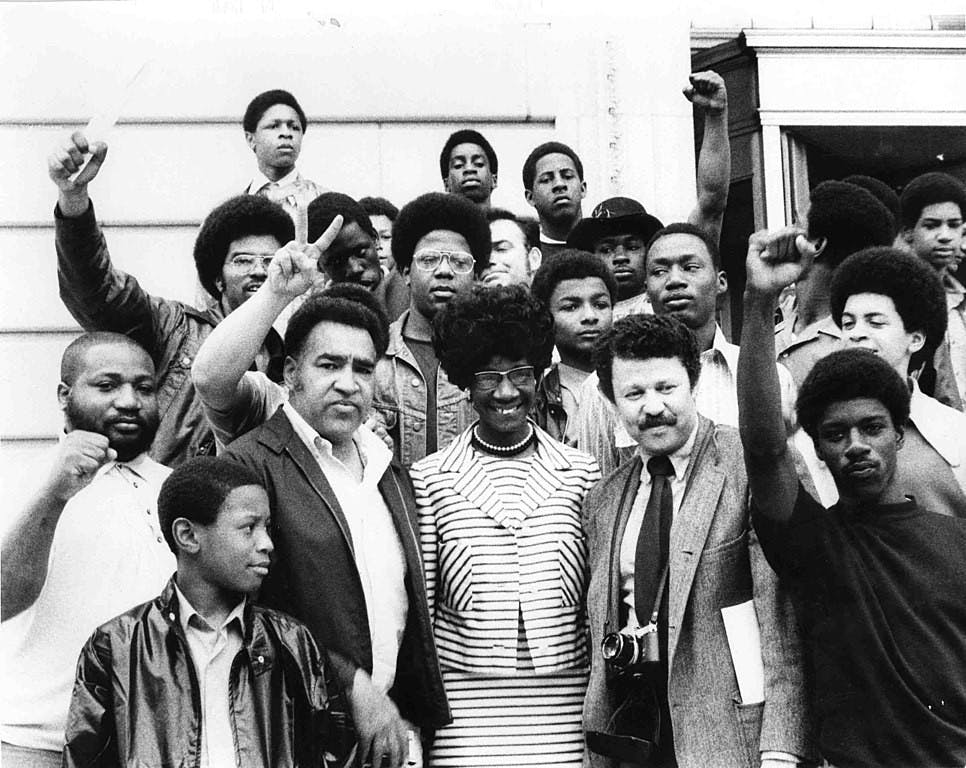The life of the first African American woman to win a seat in Congress and her daring run for president
By Kayna Dean

Every week in February, a Western Front reporter will discuss a person or event important to black history in recognition of Black History Month.





